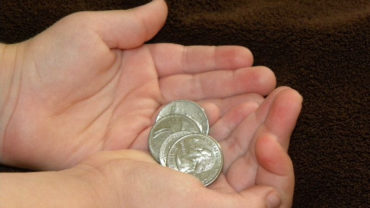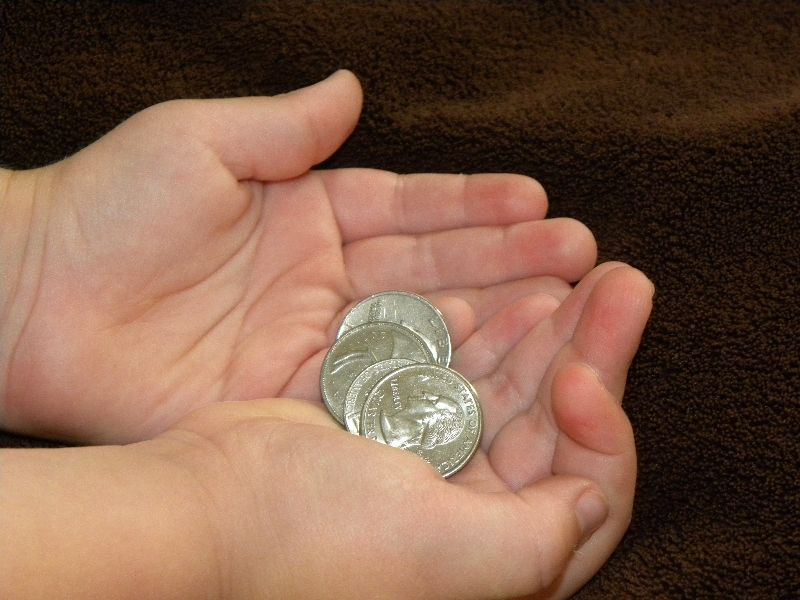“Money doesn’t grow on trees.”
This is the nugget of wisdom that so many of us were handed as children, and often the financial literacy education ended there. A new survey by CreditsCard.com found that one in four U.S adults with children under 18 said their parents provided no money lessons as a child.
In the case of money matters, ignorance is not bliss, and what you don’t know can hurt you. Research shows that children benefit from learning about how money works, beginning at a very young age, with some schools stepping up to tackle the issue in the classroom.
How can parents teach financial wisdom to their own children in a practical way that will benefit them for their whole lives?
We’ve compiled a list of tips from money experts — many of whom are also parents.

Explain where the money comes from
“When you’re teaching your kids about money, it’s important to teach them where it comes from. Money does not just come from mom and dad’s wallet,” says Rachel Cruze, personal finance expert and the co-author of “Smart Money Smart Kids: Raising the Next Generation to Win with Money.” “When you work, you get paid. When you don’t, you don’t get paid.”
The key is to repeatedly demonstrate and demystify the relationship between work and money.
Preach the three principles: giving, saving and spending
“Once you’ve established that money comes from work, I recommend teaching your kids three basic principles when it comes to money — giving, saving and spending,” says Cruze.
“Giving is one of the most important of the three categories because you’re teaching them to feel the impact of helping others at a young age. That’s invaluable,” Cruze continues. “As for saving and spending, encourage your child to set aside some of their money to savings and some to spending each time they get paid. Remind them that once their money is gone, it’s gone. And yes, your kids will make mistakes, but it’s better that they make those mistakes under the safety of your roof.”

Have your child physically organize cash with three piggy banks
Kids (especially young ones) need tangible ways to understand abstract concepts, so it’s important to not just explain these three money principles, but give them concrete tools to practice them.
“Instead of just having one piggy bank for your child, get three, and label one ‘spend,’ one ‘save,’ and one ‘give’,” says Logan Allec, CPA and founder of the personal finance site Money Done Right. “Any time your child gets money — allowance, payment for completing a task, birthday money, etc., — encourage them to split the money up between all three banks. The key to this being educational is to allow your child to choose how they split the money, as well as what they do with it.”
This exercise is not only helpful in getting kids confident in money matters, it provides an opportunity for parents to have meaningful conversations with their kids about money management.
“Talk with them about both what they will do with their money as well as how they could have split their money up differently if an appropriate situation arises,” says Allec.”Ultimately, though, the decision should be up to your child.”







